 The proposed additions in the South Fork Trinity River watershed are dominated by the northern faces of Black Rock Mountain and North Yolla Bolly.
The proposed additions in the South Fork Trinity River watershed are dominated by the northern faces of Black Rock Mountain and North Yolla Bolly.
These prominent landmarks were inexplicably excluded from the Yolla Bolly-Middle Eel Wilderness when it was established in 1964.
These areas contain rich old-growth forests that shelter northern spotted owl, goshawk, pileated woodpecker and other species. The prominent ridge that forms these peaks is also dappled with small, yet rich springs and meadows that serve as the source of the East Fork South Fork Trinity River.
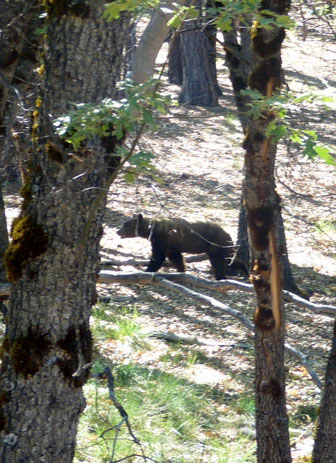 The South Fork Trinity provides critically important habitat for salmon and steelhead. The popular Rat Trap Gap, Black Rock Lake, North Yolla Bolly Lake and Stuart Gap trails all pass through the proposed wilderness additions. The proposed wilderness additions in the North Fork Eel River watershed, by contrast, are dominated by low-elevation V-shaped canyons draped with grasslands, oak woodlands, and chaparral.
The South Fork Trinity provides critically important habitat for salmon and steelhead. The popular Rat Trap Gap, Black Rock Lake, North Yolla Bolly Lake and Stuart Gap trails all pass through the proposed wilderness additions. The proposed wilderness additions in the North Fork Eel River watershed, by contrast, are dominated by low-elevation V-shaped canyons draped with grasslands, oak woodlands, and chaparral.
Protecting Casoose Creek (a proposed wild and scenic river) and other key streams on the western flank of the Yolla Bollys would be an important step in the effort to restore the North Fork’s anadromous fish populations. These lowlands also offer critically-important summer and winter range for deer, habitat that is rapidly being lost to development elsewhere in the state.


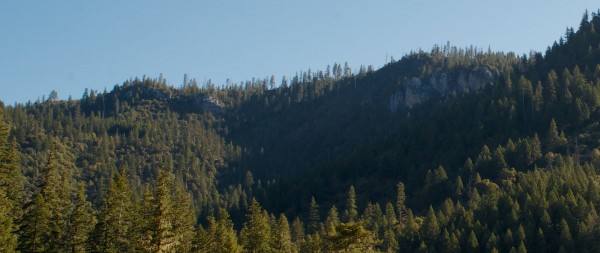 The Wild and Scenic South Fork Trinity River winds its way through lower elevation hardwoods that include madrone, maple, chinquapin and oak.
The Wild and Scenic South Fork Trinity River winds its way through lower elevation hardwoods that include madrone, maple, chinquapin and oak.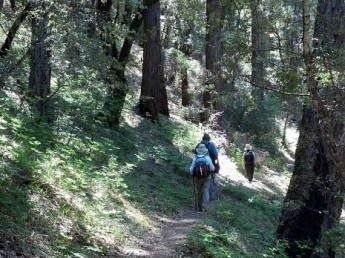 This proposed wilderness is located along the canyon of the South Fork Trinity Wild and Scenic River.
This proposed wilderness is located along the canyon of the South Fork Trinity Wild and Scenic River.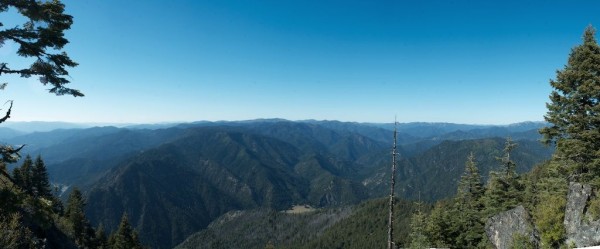 The southern proposed additions are composed of rugged, heavily forested mid to low-elevation country that would complement the adjacent highlands of the Trinity Alps Wilderness if protected.
The southern proposed additions are composed of rugged, heavily forested mid to low-elevation country that would complement the adjacent highlands of the Trinity Alps Wilderness if protected.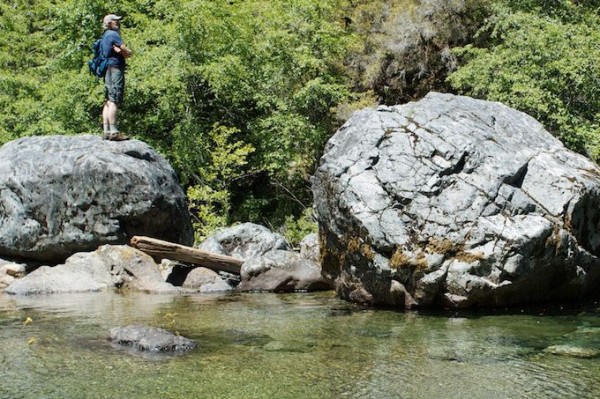 If Bigfoot lives, he or she dwells in the Siskiyou Mountains. The northwestern portions of the proposed wilderness additions are in the Smith River and Illinois River watersheds.
If Bigfoot lives, he or she dwells in the Siskiyou Mountains. The northwestern portions of the proposed wilderness additions are in the Smith River and Illinois River watersheds.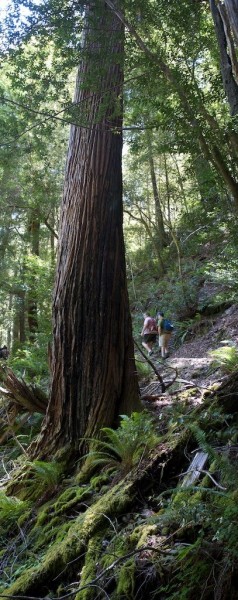
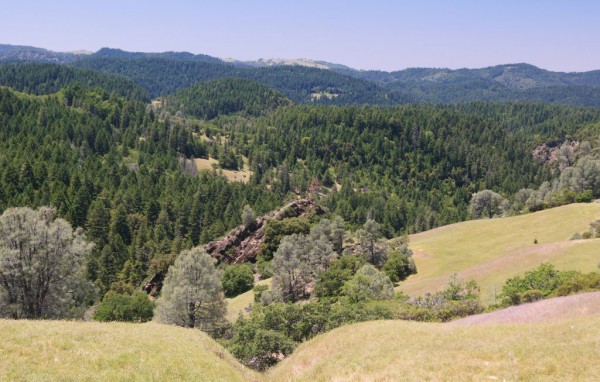
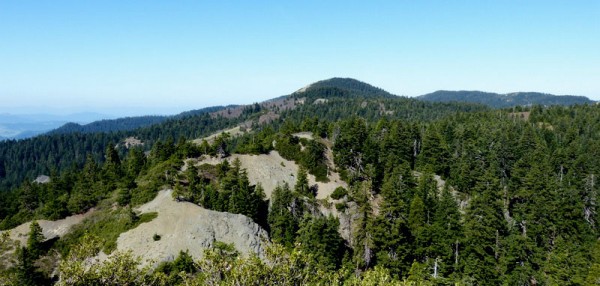
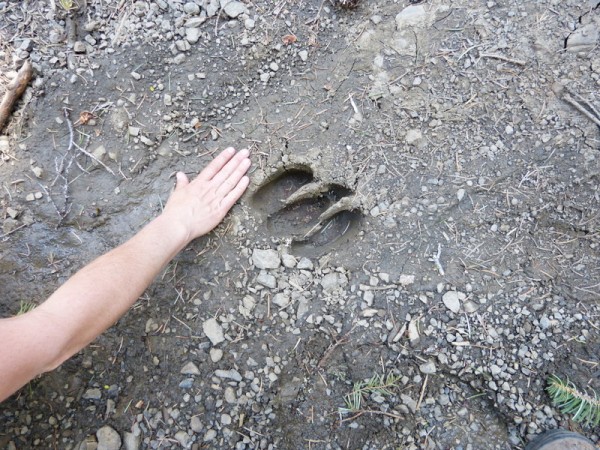 This is the closest proposed wilderness to the greater Humboldt Bay area, thus making it an excellent destination for day-visits from Humboldt County. The Bug Creek Trail provides access to the area and offers views to the King Range, Trinity Alps, Mount Shasta, Yolla Bollys and beyond.
This is the closest proposed wilderness to the greater Humboldt Bay area, thus making it an excellent destination for day-visits from Humboldt County. The Bug Creek Trail provides access to the area and offers views to the King Range, Trinity Alps, Mount Shasta, Yolla Bollys and beyond.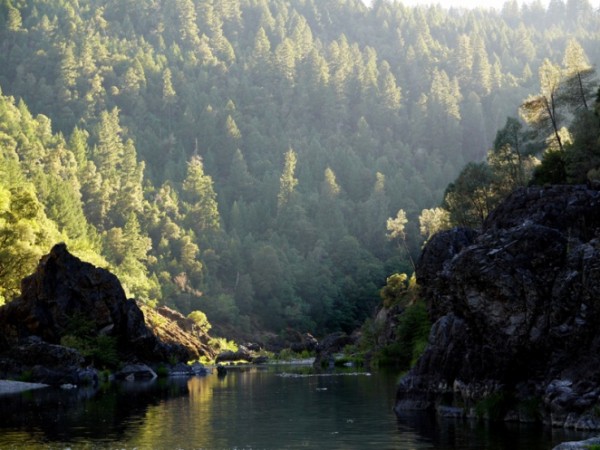 The proposed wilderness is covered with an ancient forest of Douglas fir, live and black oak, ponderosa pine, sugar pine, tan oak, and other species.
The proposed wilderness is covered with an ancient forest of Douglas fir, live and black oak, ponderosa pine, sugar pine, tan oak, and other species.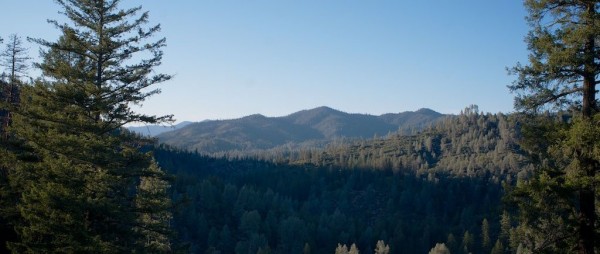 The Chanchelulla Wilderness is an extremely rugged landscape with rocky, sparsely-forested ridgetops, old-growth dominated northern exposures and chaparral-draped south-facing slopes. Visitors to the area are greeted with outstanding views in all directions, including distant Mount Shasta, Lassen Peak, the Sierra Nevada, the Yolla Bollys, the Trinity Alps and beyond.
The Chanchelulla Wilderness is an extremely rugged landscape with rocky, sparsely-forested ridgetops, old-growth dominated northern exposures and chaparral-draped south-facing slopes. Visitors to the area are greeted with outstanding views in all directions, including distant Mount Shasta, Lassen Peak, the Sierra Nevada, the Yolla Bollys, the Trinity Alps and beyond. This strikingly rugged region is characterized by steep, mountainous terrain, with elevations ranging from 2,500 feet along the Trinity River to 7,000 feet along the Bonanza King Divide that commands spectacular views of the surrounding countryside, including the Trinity Alps Wilderness to the west and Mount Shasta to the northeast.
This strikingly rugged region is characterized by steep, mountainous terrain, with elevations ranging from 2,500 feet along the Trinity River to 7,000 feet along the Bonanza King Divide that commands spectacular views of the surrounding countryside, including the Trinity Alps Wilderness to the west and Mount Shasta to the northeast.